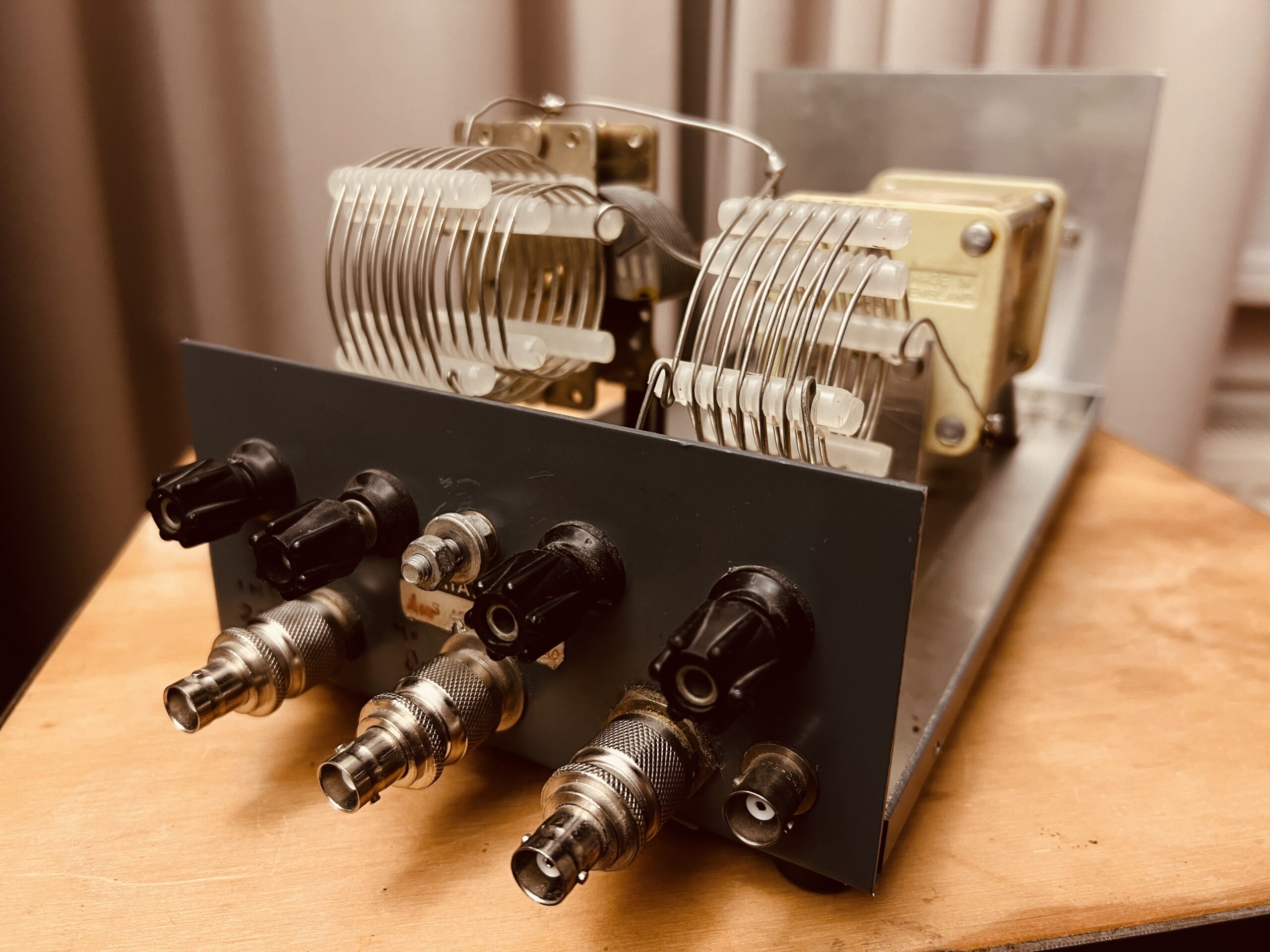
Many thanks to SWLing Post contributor, Carlos Latuff, who shares the following recording of some ultralight DX catches while he travels in Ireland:
Category Archives: Videos
Frans add a Decca manual antenna tuner to his urban listening post
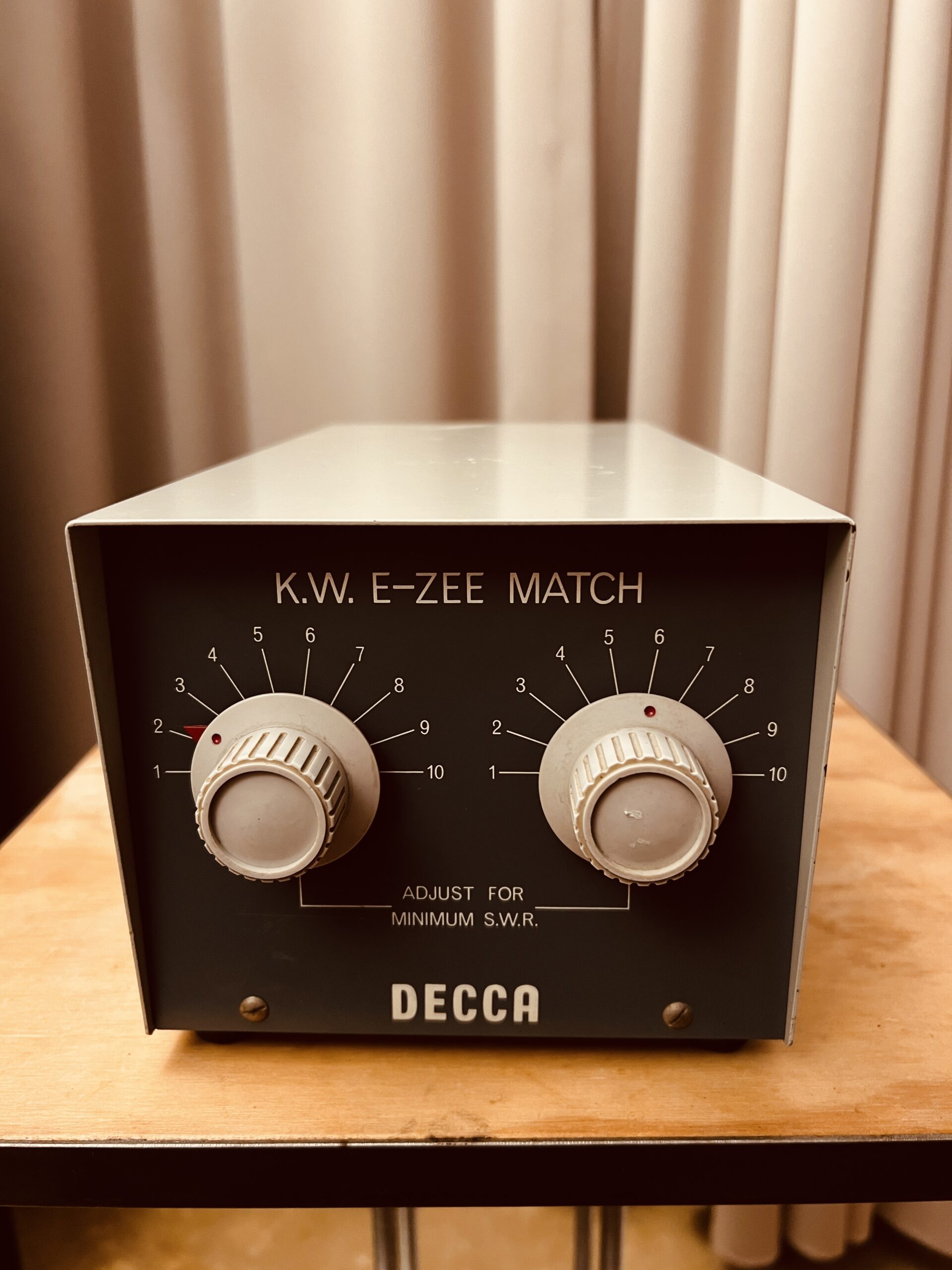 Many thanks to SWLing Post contributor, Frans Goddijn, who writes:
Many thanks to SWLing Post contributor, Frans Goddijn, who writes:
Hi Thomas:
I bought a vintage antenna tuner, one that does not need a power source, very basic just a box with some beautiful coils and nice big variable capacitors and it works for the big magnetic loop antenna here.
I have four GRAHN loop antennas which each have their box with dials to fine tune the signal but the big loop didn’t have that yet.
The tuner works well, filters out some noise but I must say the iCOM radio also managed to select good signal from the loop with its own tuner system and the DSP noise filter at the speaker end of the system further clears up the voice sounds.
Video:
Best regards,
Frans
The internals of manual antenna tuners are simply hypnotizing, aren’t they? You’ve a beautifully-built tuner there that is functional and will outlive us all!
Thank you for sharing!
Video: Nick explores the benchmark Icom IC-R9500
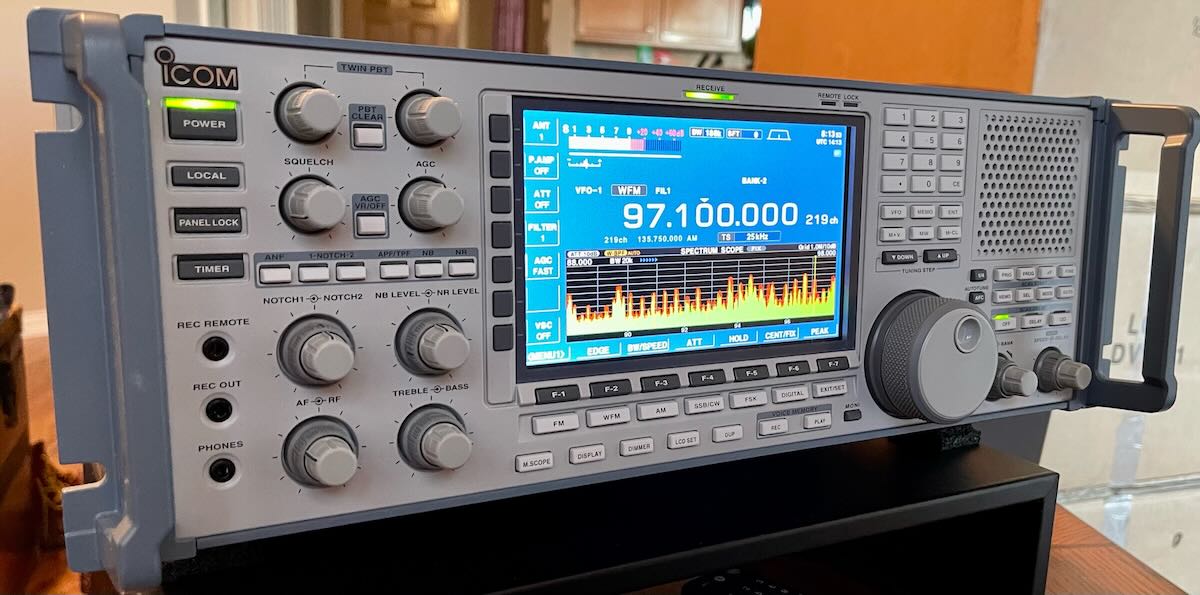 Many thanks to SWLing Post contributor, Nick Booras, who writes:
Many thanks to SWLing Post contributor, Nick Booras, who writes:
Hello Thomas
I recently got a new Icom 9500 and have made several in depth videos on it for my YouTube channel including multiple direct comparisons to other premium receivers.
Here is the main overview video:
Click here to view on YouTube.
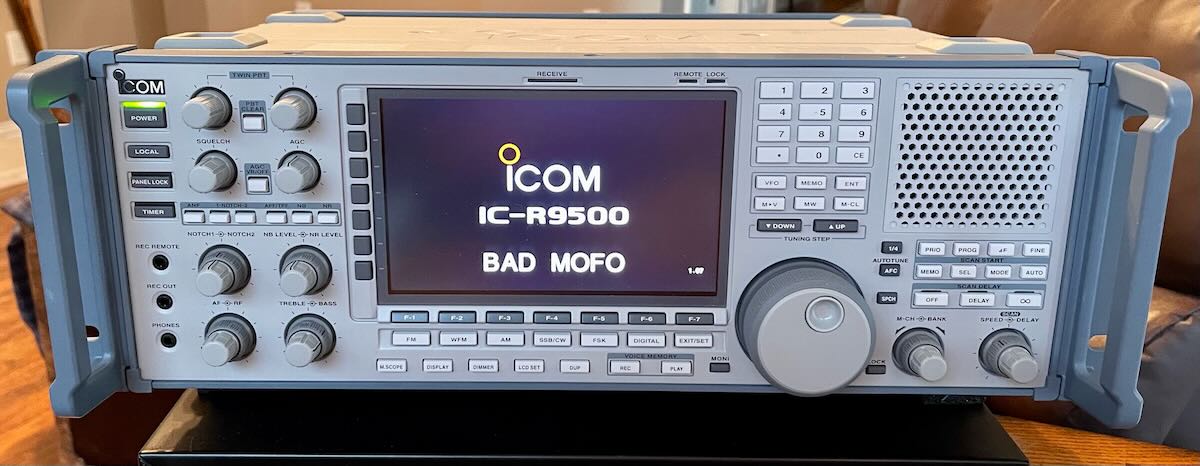 Thank you for sharing this, Nick. The IC-R9500 is an impressive receiver indeed!
Thank you for sharing this, Nick. The IC-R9500 is an impressive receiver indeed!
AWA Video Presentation: Patrolling the Ether in WW2 – Radio Intelligence for the War Effort
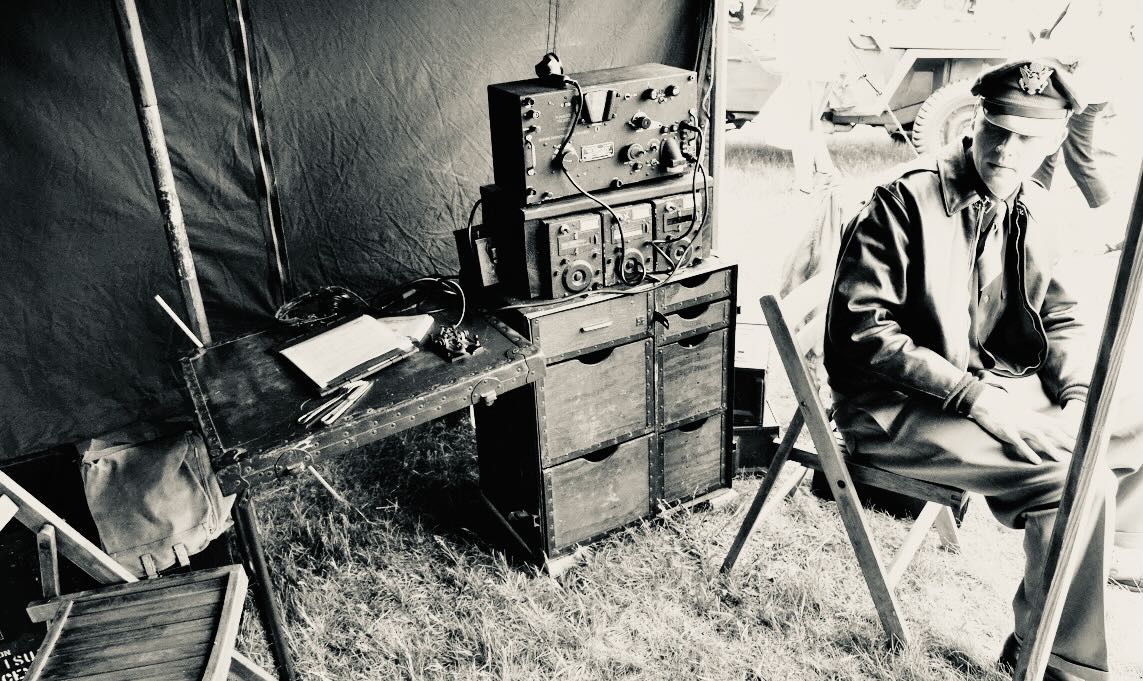 Many thanks to SWLing Post contributor, Mark (AE2EA), who writes:
Many thanks to SWLing Post contributor, Mark (AE2EA), who writes:
One of our AWA Members recently made this video on the Foreign Broadcast Monitoring Service (FBMS) and the Radio Intelligence Division (RID) during World War 2. I think it might be of interest to your SWLing enthusiasts:
Click here to watch on YouTube.
Brilliant presentation! Thank you for sharing this, Mark!
Video: Giuseppe’s “Cassette Loop” on the shortwaves with induction
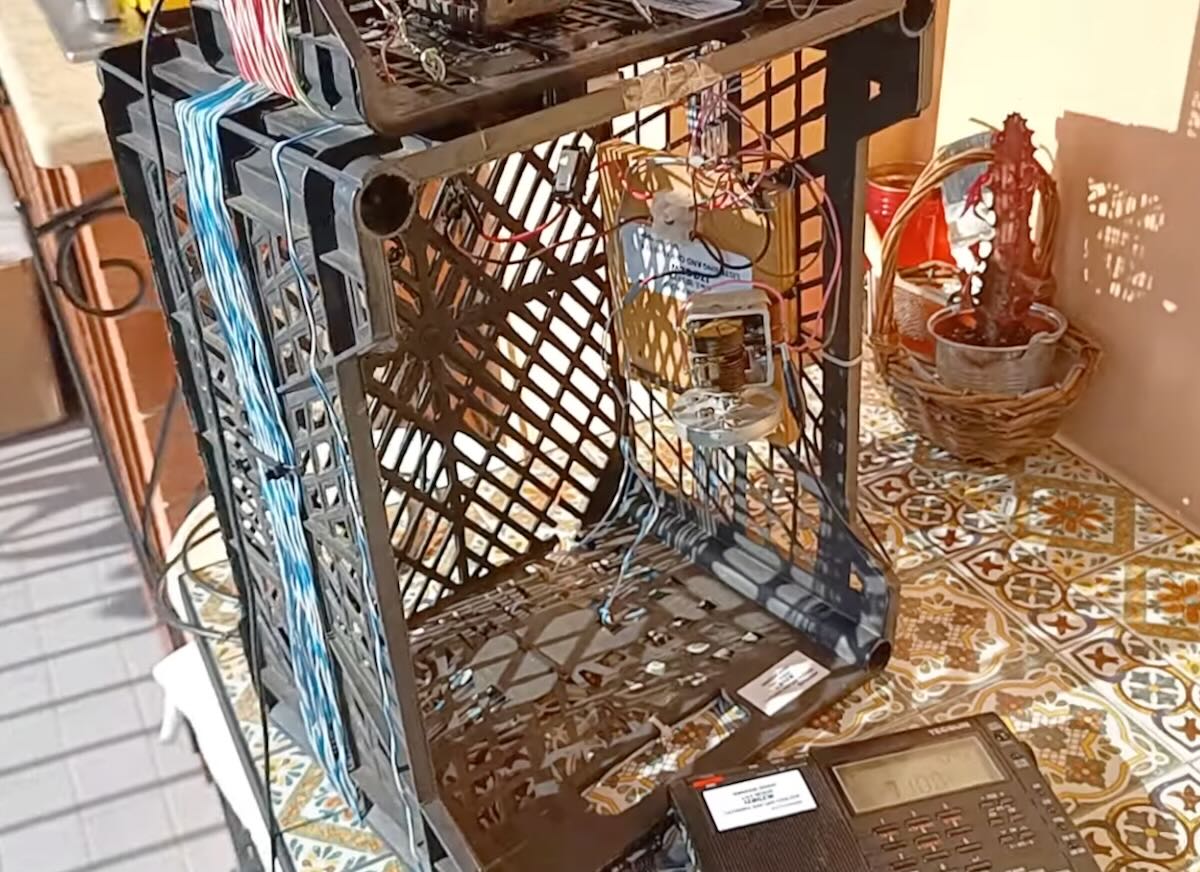 Many thanks to SWLing Post contributor, Giuseppe Morlè (IZ0GZW), who writes:
Many thanks to SWLing Post contributor, Giuseppe Morlè (IZ0GZW), who writes:
Dear Thomas and Friends of the SWLing Post,
I’m Giuseppe Morlè from central Italy, Formia on the Tyrrhenian Sea…
My Cassette Loop experiment this time shows how induction takes place on short waves after medium waves.
I used a smaller box as the primary antenna which, however, is pushed by the secondary one due to the induction effect generated between the two windings brought closer together.
This way, the larger loop “captures” more of the signal and sends it to the smaller cassette…
I really like working on induction… I hope you like it:
Click here to view on YouTube.
Thanks and greetings from central Italy.
73. Giuseppe Morlè iz0gzw.
Thank you so much for sharing this, Giuseppe!
Video: Giuseppe tests four classic receivers on three different antennas
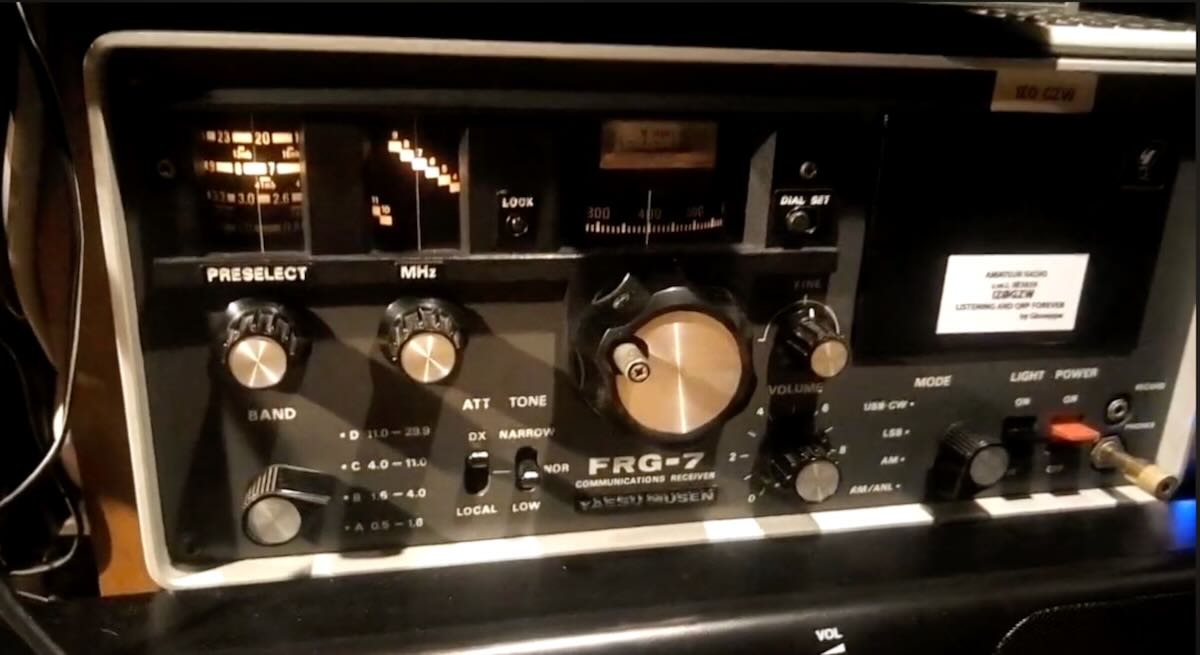 Many thanks to SWLing Post contributor, Giuseppe Morlè (IZ0GZW), who shares the following:
Many thanks to SWLing Post contributor, Giuseppe Morlè (IZ0GZW), who shares the following:
Dear Thomas and Friends of SWLing Post,
This is Giuseppe Morlè from Formia, central Italy on the Tyrrhenian Sea.
I want to share with you this test with 4 old receivers with 3 different antennas:
-
- Yaesu FRG-7
- AOR 3030 – MINI WHIP antenna on the roof
- Kenwood R-1000 – INTERNAL CROSSED LOOP antenna
- Yaesu FRG-8800 – VERTICAL NAVAL
I tuned the 7,390 kHz frequency of Radio New Zealand at 14:10 UTC on November 16 on the 4 receivers. I used the narrow and wide filter on each receiver.
I state that a storm was in progress in the area, the afternoon signal was very discontinuous with a difference on the 3 different antennas.
Surprising the result of the internal cross loops which I use a lot when there are thunderstorms in the area to listen to anyway; their behavior is definitely very good despite being inside my shack.
The Mini Whip is excellent on long and medium waves but gets worse above 7 MHz. In fact I only use this antenna for medium and long waves.
A good signal also from the external naval vertical of 8 meters with a “soft” listening on the Yaesu FRG-8800.
Judge dear friends your comments are welcome!
I wanted to compare these 4 “glories” that have accompanied most of my life and that I still consider excellent.
Attached the link tot he video on my Youtube channel:
Click here to view on YouTube.
I wish everyone a good listening …
73. Giuseppe Morlè iz0gzw.
Thank you so much for sharing this, Giuseppe! We love your videos and demonstrations especially since they so often involve antennas that you have home brewed. Your cross loop antenna is truly amazing!
Video: Dan Unboxes a New-In-Box Watkins Johnson WJ 8711A
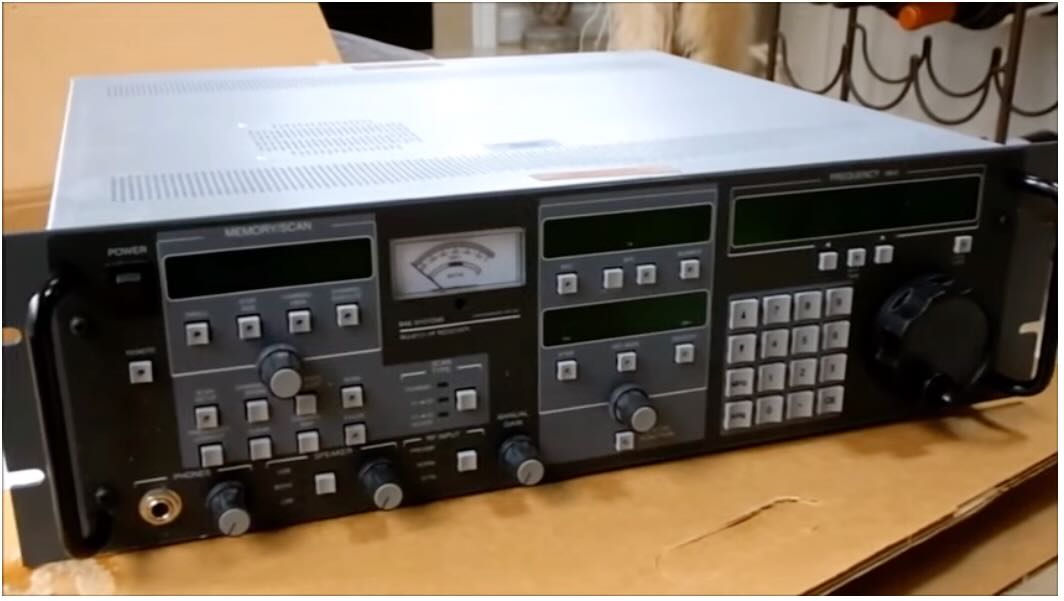 Many thanks to SWLing Post contributor, Dan Robinson, who shares the following video:
Many thanks to SWLing Post contributor, Dan Robinson, who shares the following video:
Click here to view on YouTube.
Dan, I’m not sure how you find these things, but wow! I know you had a lot of fun unboxing this NIB WJ 8711A! How amazing it is to turn on a radio like this that’s been in the original box for two decades! I hope you have a lot of fun with it on the air. Thank you for sharing!


